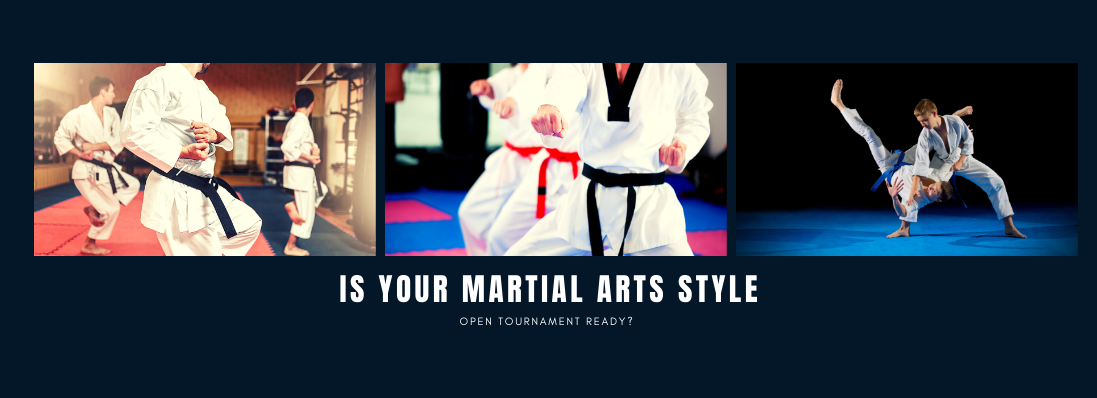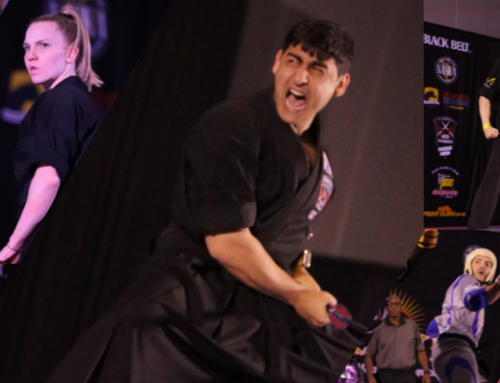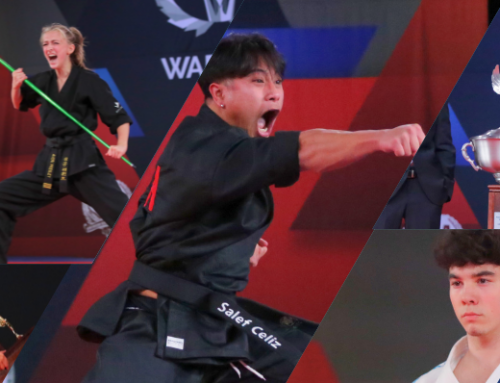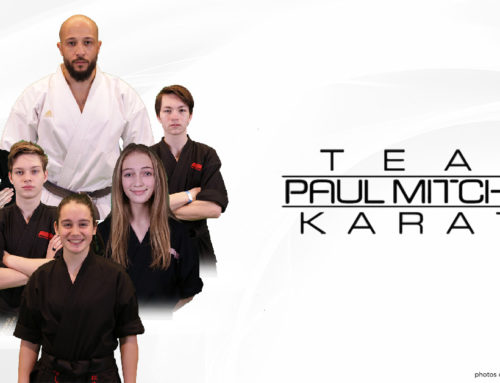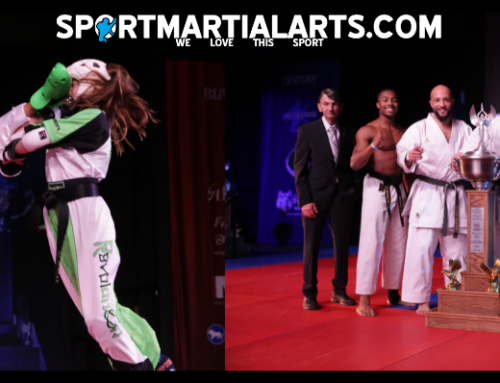Open martial arts tournaments allow competitors from any style of martial arts to compete with uniform rules for all to follow. However, some martial arts styles do better in adapting to the rules than others. This article will explore which styles seem to fare better in competition.
The kata (forms) and weapons divisions at open martial arts tournaments usually include both traditional and open/creative or extreme options. The combat portion of open sport karate events is point sparring which involves stand-up sparring with light contact. The goal is to be the first score a “point” on your opponent. The technique used should demonstrate that, if executed at full power, it would have done damage to your opponent.
There are some universal styles that work well with both the forms and sparring aspects of open martial arts events.
Tae Kwon Do
The phrase Tae Kwon Do translates to ‘the way of hand and foot’ in Korean. It is a Korean martial art that borrows from Okinawan karate, Chinese martial arts, and ancient traditional Korean combat arts of taekkyeon and gwonbeop.
Tae Kwon Do is an art of self-defense that focuses a lot on kicking techniques. Tae Kwon Do works well in open sport martial arts competition because of the kicking aspect that translate well for point sparring. In addition, it is a great foundation for open/creative forms and weapons competition.
Tang So Do
Also from Korea, this style of fighting originated about 2,000 years ago. It is considered to be one of the oldest forms of martial arts. It also consists of elements from other prominent martial arts, such as subak, taekkyon, and Chinese kung fu.
Tang Soo do practitioners use hand strikes, kicks, and blocks to defend themselves. They also utilize grappling techniques similar to jiu-jitsu or aikido. This style highly emphasizes on breathing techniques. The combat aspect of Tang So Do does well in sport karate sparring competition. Like Tae Kwon Do, these martial artists can adapt well to the creative and open types of forms and weapons.
Kickboxing
Kickboxing, as the name suggests, is a combat technique that employs kicking and punching to take down an opponent. It is based on other prominent martial arts, including muay thai, karate, and Western boxing. Kickboxing is a major sporting event across the world, and is also practiced as a means of self-defense and for staying fit.
Kickboxing works well with point sparring (and light contact/continuous sparring which is sometimes offered). Those who train in this style train almost exclusively for sparring so they do not do usually train for forms and weapons divisions at sport martial arts events.
Karate
The term Karate means ’empty handed’ in Japanese. Master Gichin Funakoshi made this self-defense method simple, and appended a philosophical touch to the art. He is widely credited for introducing and popularizing it in the main islands of Japan.
Karate borrows from different Chinese martial arts, and is basically an unarmed combat system that relies on using the hands and feet to deliver, as well as defend against punches and kicks. Karate practitioners do quite well in the traditional divisions at open sport martial arts events. With some modifications, Karateka can also adapt to point sparring.
American Kempo
Devised by Ed Parker, American Kempo is a style of fighting that is viewed as a form of self-defense. Different versions of this art are taught by a number of instructors, since Ed died before naming a true successor.
American Kempo makes use of a rapid succession of hand strikes, aimed at overwhelming the enemy and landing as many blows as possible in a short time duration. Kicks are rarely used, and are typically kept low with the intention of preventing the practitioner’s balance from being lost during a fight.
Some events offer Kempo specific divisions so these practitioners do well in those divisions. However, the style is very adaptable to point sparring divisions.
American Freestyle
This style was created more recently in the United States and is an adaptation or combination of a number of different styles – thus the term Freestyle. American Freestyle is taught in many more modern martial arts schools.
Since it has adapted itself from other styles, American Freestyle students find it fairly easy to jump into open martial arts competition.
It is estimated that there are over 170 martial arts styles and most martial arts training is a great enhancement for anyone who chooses to participate. Martial arts competition is a great addition to your martial arts training as it will allow improvement and personal development. Any style of martial artist can participation open sport martial arts events, however, there are a few that transition easier to the sport.
If you are interested in trying sport martial arts tournaments, make sure to reach the rules carefully so you understand how to compete. You can also check out videos of sport karate competition, talk to other competitors and watch an event to prepare for competition. If it is your first time competing, check out a virtual event through the SMA Virtual Tour for an affordable way to see if competition is right for you.
